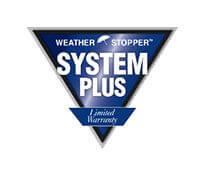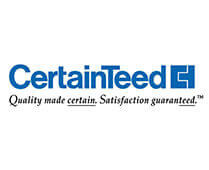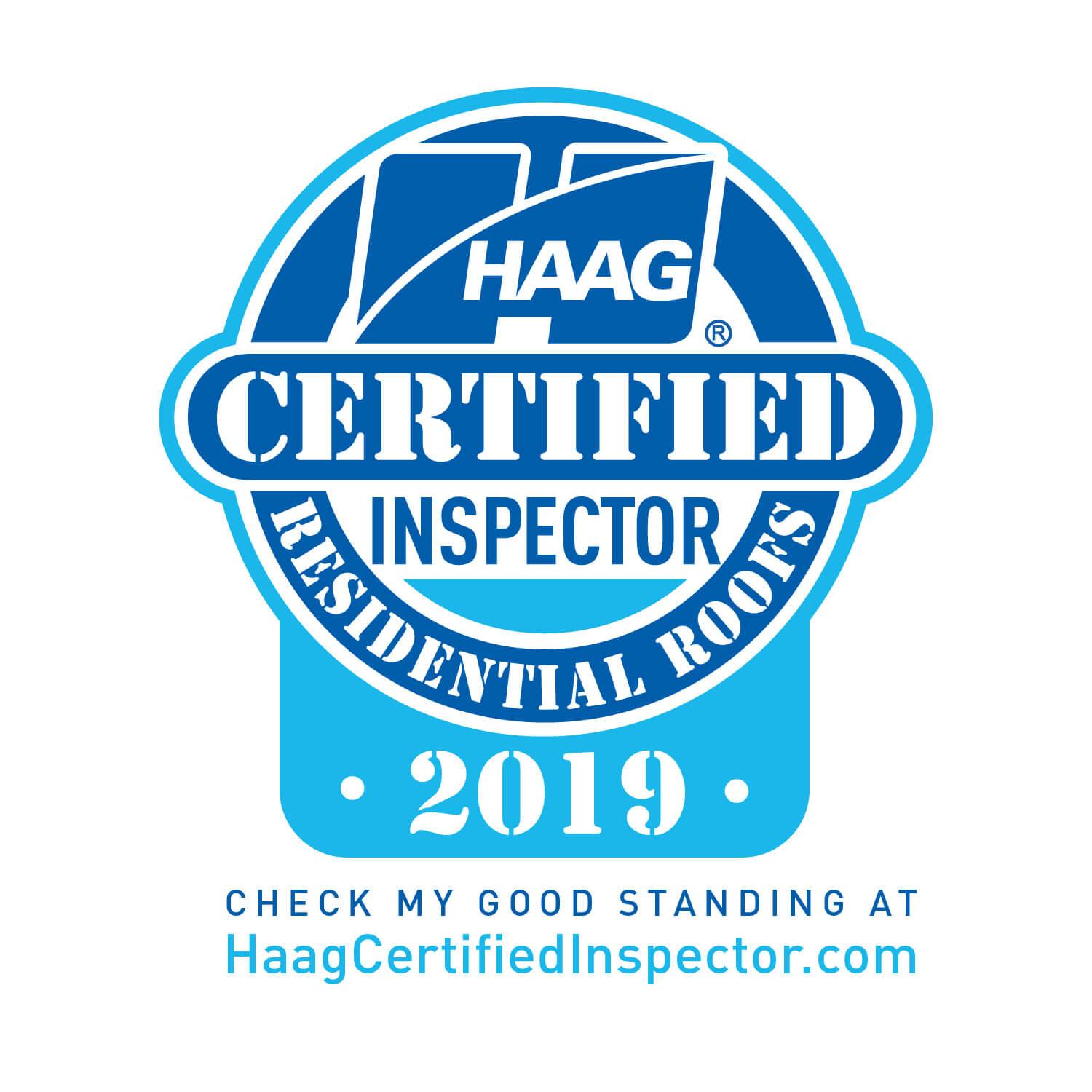October 11, 2024
Roof damage can sneak up on you, often hidden until it’s too late. A small leak today can lead to major issues tomorrow. Ignoring the signs may cost you more than just repairs; it can threaten your home’s value and safety.
Understanding the common causes of roof damage is crucial. From severe weather to age-related wear, knowing what to look for helps you act fast. This post will cover key indicators of roof damage and tips for prevention. You’ll learn how to spot problems early and protect your investment. Don’t let roof issues catch you off guard—stay informed and keep your home safe.
Key Takeaways
-
Regularly inspect your roof for signs of damage, such as missing shingles or leaks, to catch problems early.
-
Keep an eye on your attic and ceilings for water stains, which can indicate roof issues that need immediate attention.
-
If you find damage, document it with photos and contact a professional for an assessment and repairs.
-
Consider scheduling routine maintenance to prevent future damage and extend the life of your roof.
-
Use quality materials and hire experienced contractors for repairs to ensure durability and effectiveness.
-
Educate yourself on weather patterns in your area to better prepare for potential roof damage from storms or heavy snowfall.
Understanding Roof Damage
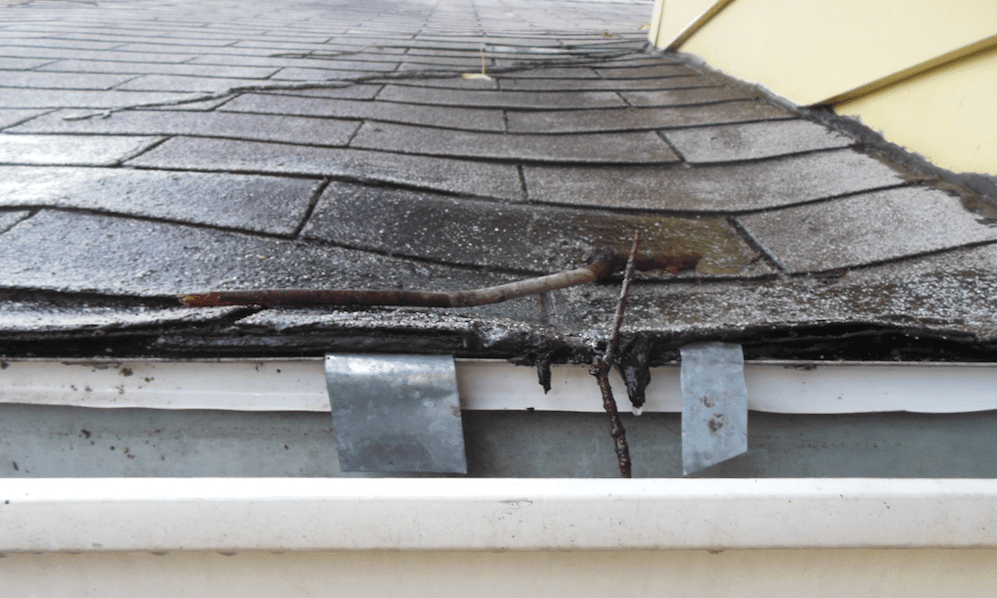
What Roof Damage Is
Roof damage occurs due to external forces or the effects of aging. This is different from normal wear and tear. Normal wear may show signs like faded color or uneven shingles. Clear indicators of roof damage include missing shingles or large cracks. Recognizing these differences is crucial. It can affect warranty claims and insurance coverage.
Common Types of Damage
Several common types of roof damage exist. These include:
-
Missing shingles
-
Leaks
-
Damaged flashing
Missing shingles can expose the underlying materials to water. This can lead to leaks inside the home. Leaks can cause mold growth and structural issues. Damaged flashing, which protects joints, can also allow water entry. Each type of damage affects the overall integrity of the roof. Different roofing materials can show distinct signs of damage. For example, asphalt shingles may curl while metal roofs might rust.
Causes of Roof Damage
Various factors contribute to roof damage. Environmental conditions play a major role. Severe weather, intense UV exposure, and temperature changes can weaken roofs over time.
Human-related causes are also significant. Poor installation practices often lead to future problems. If a roof is not installed correctly, it may fail sooner than expected. Lack of maintenance is another factor that leads to damage.
Natural occurrences can cause unexpected issues too. Falling branches during storms can puncture roofs. Animals, such as squirrels or raccoons, may create holes while trying to enter homes.
Identifying Roof Issues Early
Signs to Look For

Homeowners should regularly check their roofs for visible signs of damage. Curling shingles can indicate that the roof is aging or may have been compromised. Sagging areas are another clear sign that something is wrong. These issues should not be ignored.
Interior signs also provide clues about potential leaks. Water stains on ceilings or walls often point to roof problems. Homeowners must address these signs quickly. Regular visual inspections can help catch early signs of damage before they worsen.
Hidden Indicators of Problems
Mold or mildew in the attic often suggests hidden roof leaks. This issue may not be visible from the outside but can lead to serious problems inside the home. Homeowners should inspect the underside of the roof for dark spots or sagging, which may indicate moisture buildup.
Increased energy bills can also signal underlying roof issues. Poor insulation caused by roof damage can lead to higher heating and cooling costs. Homeowners must stay alert to these changes and conduct a detailed roof inspection if they notice any unusual spikes in their bills.
Effects of Storm Damage
Storm damage poses immediate and long-term risks to a home's structure. If left unaddressed, it can lead to significant issues over time. Water intrusion from damaged roofs can cause mold growth, which poses health risks to occupants.
Timely repairs after a storm are crucial. Neglecting these repairs can result in further damage, leading to costly fixes down the road. Homeowners should consult a reliable roofing contractor after experiencing severe weather conditions. They can conduct a full roof inspection to assess any potential damage and recommend necessary repairs.
Steps to Take When Damage is Found
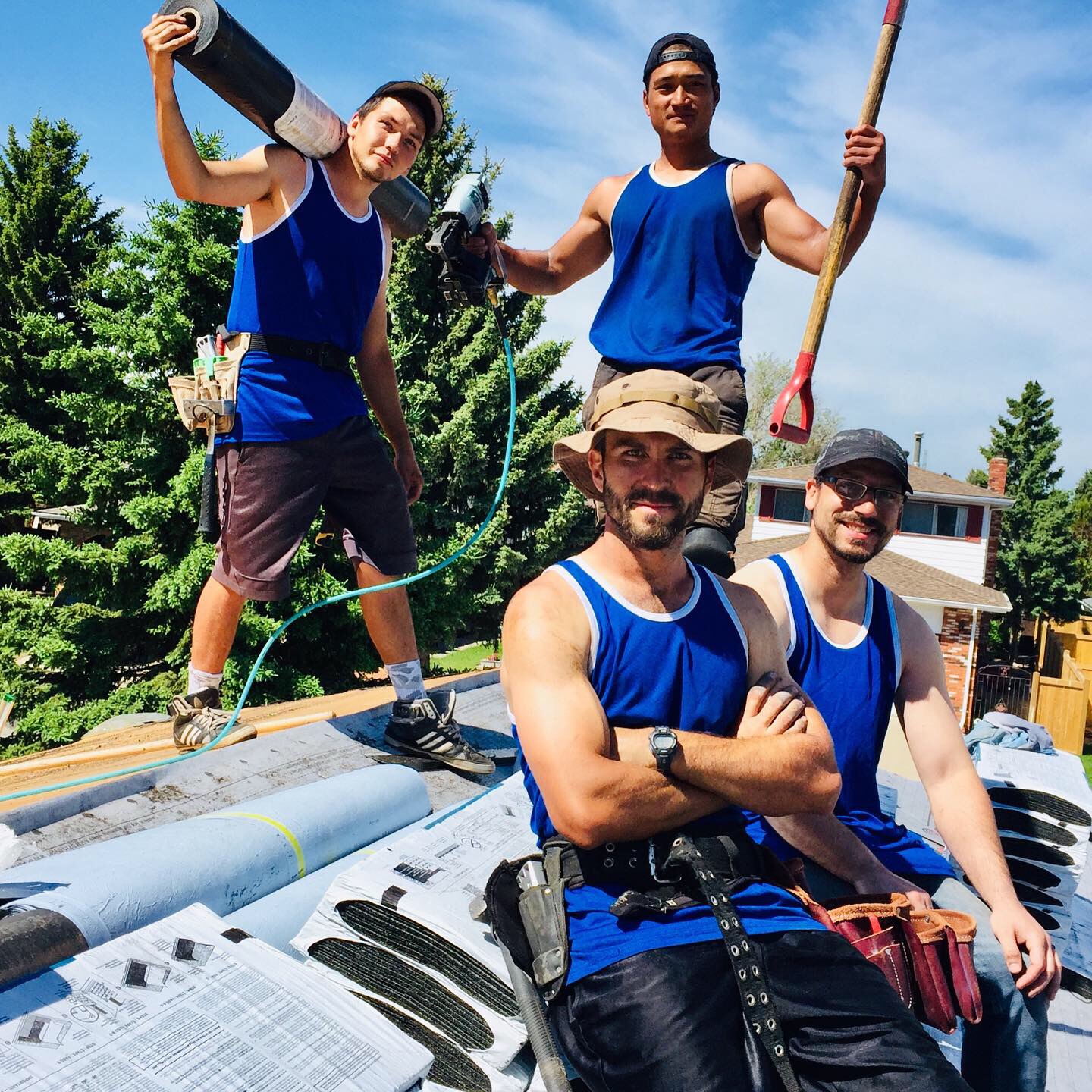
Document All Issues
Photographs are essential. Take detailed images of all visible roof damage. These photos help when filing insurance claims. They provide clear evidence of the condition before repairs.
Keep a written record of any damage and repairs. Note what was damaged, when it happened, and how it was fixed. This documentation can be useful for future reference.
Record the date and nature of any storm events. Storms often cause roof damage. Knowing when these events occurred helps establish a timeline for insurance claims.
Schedule Professional Inspection
Seek a professional inspection after significant weather events. Trained experts can identify issues that homeowners might miss. They assess the extent of roof damage accurately.
Regular inspections are also important. Scheduling them as part of home maintenance can prevent larger problems later on. Experts recommend at least one inspection per year.
File Insurance Claims
Filing an insurance claim is crucial after roof damage. Start by contacting your insurance company promptly. Delays can complicate coverage and lead to denied claims.
Gather necessary documents before filing. Include photographs, records of previous repairs, and notes about the storm events. These documents support your case.
Consult with an insurance agent for guidance. They explain policy specifics related to roof damage clearly. Understanding your coverage helps you avoid surprises later on.
Compare Repair Estimates
Obtaining multiple repair estimates is wise. This practice ensures transparency in costs and services offered. It helps homeowners find the best deal for repairs.
Evaluate contractors carefully alongside their estimates. Check their qualifications and read reviews from past clients. A good contractor will have positive feedback from previous work.
Understand what each estimate covers fully. Some may include materials, labor, or warranties while others do not. Knowing this information aids in making an informed decision about repairs.
Repairing and Preventing Future Damage
Can Damage Be Repaired
Many types of roof damage can be repaired if caught early. For instance, minor leaks and damaged shingles often require simple fixes. Homeowners should not ignore small issues. They can lead to bigger problems over time.
Severe damage or age may require complete roof replacement. This is common in roofs that are over 20 years old. If the structure shows signs of wear, replacement might be the best option. Consulting with a roofing professional helps determine the right course of action. Experts can assess the condition and suggest suitable repairs or replacements.
Importance of Timely Repairs
Delaying repairs can lead to extensive and costly damage. Water intrusion can cause insulation issues and mold growth inside the property. These problems may become serious if left unattended.
Prompt repairs can extend the lifespan of a roof significantly. Homeowners who act quickly save money in the long run. Fixing minor issues now prevents larger expenses later. Prioritizing repairs immediately after identifying any damage is crucial for maintaining a healthy roof.
Preventative Maintenance Tips
Regular cleaning of gutters and downspouts is essential. This prevents water buildup that can damage the roof and flashing. Clogged gutters lead to water pooling, which increases the risk of leaks.
Periodic inspections help identify minor issues before they escalate into major problems. Homeowners should check their roofs at least twice a year. This includes looking for missing shingles or signs of wear.
Trimming overhanging branches minimizes the risk of damage during storms. Branches can break off and fall onto roofs, causing significant harm. Keeping trees trimmed reduces this risk.
Final Remarks
Roof damage can sneak up on you, but being proactive is key. Understanding the types of damage and spotting issues early can save you headaches and expenses down the line. You’ve learned how to identify problems and take action when they arise. Repairing your roof promptly is crucial for maintaining its integrity and preventing future issues.
Take charge of your roof’s health today. Regular inspections and timely repairs protect your home and wallet. Don’t wait for small problems to escalate into costly repairs. Stay ahead of the game by keeping an eye on your roof. If you suspect any damage, reach out to a professional immediately. Your roof deserves the best care possible.
Frequently Asked Questions
What are the common signs of roof damage?
Common signs include missing shingles, leaks, water stains on ceilings, sagging areas, and granules in gutters. Regular inspections can help catch these issues early.
How can I identify roof damage early?
Look for visible wear and tear, check for leaks after heavy rain, and inspect your attic for moisture. Regular maintenance is key to identifying problems before they worsen.
What should I do if I find roof damage?
If you discover damage, prioritize safety. Avoid climbing onto the roof. Contact a professional roofer to assess the situation and recommend repairs.
Can I repair roof damage myself?
Minor repairs may be manageable for experienced DIYers, but most roof damage requires professional expertise. Hiring a licensed contractor ensures safety and proper repairs.
How can I prevent future roof damage?
Regular maintenance is crucial. Keep gutters clean, trim overhanging branches, and schedule annual inspections to identify potential issues before they escalate.
How much does roof repair typically cost?
Repair costs vary based on damage extent and materials used. On average, homeowners can expect to pay between $300 and $1,500 for standard repairs.
When should I consider replacing my roof?
Consider replacement if your roof is over 20 years old, has extensive damage, or shows multiple leaks. A professional assessment will provide the best guidance for your situation.
Not what you were looking for? Safe Roofing also offers the following services:
Roof Replacement
Roof Repair
Roof Ventilation
Solar Panel installation
Gutter Installation
Safe Roofing’s Certifications and Qualifications
Manufacturer Certification: IKO (preferred installer)
Building Products of Canada Corp.
GAF Certified Roofer
CertainTeed
Euroshield Certified

